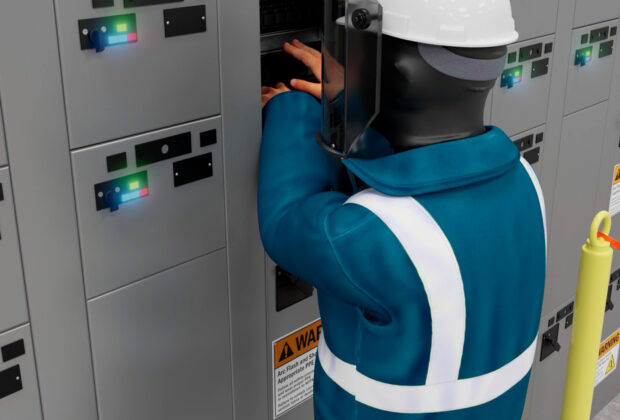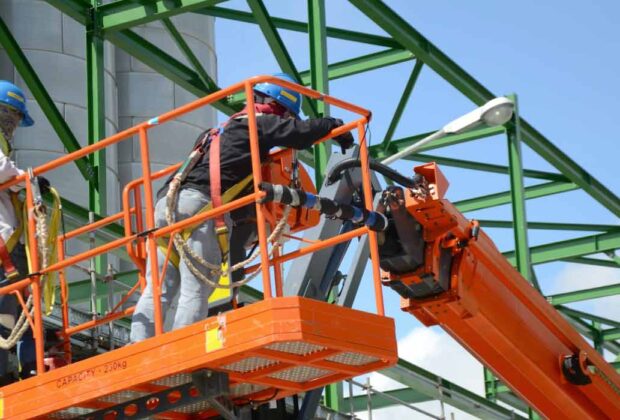By Jessica Tucker, HSE Specialist, CRSP
Record heat waves have been sweeping the globe’s Northern Hemisphere this summer and a lot of places are much hotter than usual. As temperatures rise here in Canada during the summer months, so does the amount of outdoor work. While working outside on a beautiful summer day can be rather enjoyable, it also poses a number of serious hazards.
Sun exposure is a primary source of heat stress. The severity of heat stress is determined by these 3 factors:
- The worker – Are you well hydrated? Do you have a pre-existing medical condition? Are you wearing appropriate clothing? Have you acclimatized to a hot environment?
- The work– What is the amount of work you must complete and how much effort will it take?
- The environment– What is the temperature outside? How humid is it?
Heat stress can lead to a number of health conditions

- Heat rash– occurs when sweat glands on the skin are blocked and produced sweat cannot reach the surface of the skin in order to evaporate and help cool the body down
- Heat cramps– painful muscle spasms usually occur during periods of heavy exertion in hot environments
- Fainting– caused by the loss of body fluids through sweating, and by lowered blood pressure due to pooling of blood in the legs, inducing temporarily insufficient flow of blood to the brain
- Heat exhaustion– caused by loss of body water and salt through excessive sweating
- Heat stroke– occurs when the body temperature rises to 40 degrees Celsius or higher
As a worker, you should be aware of these hazards and their consequences. As an employer, you must ensure you are doing everything reasonably practicable to keep your workers safe from the sun. The following are simple tips that should greatly reduce the chances of a heat-related injury or illness:
- DRINK WATER
 – cool drinking water should be available at every job location workers should be encouraged to drink water every 20 minutes even if they do not feel thirsty
– cool drinking water should be available at every job location workers should be encouraged to drink water every 20 minutes even if they do not feel thirsty - WEAR THE RIGHT CLOTHING
 – light-coloured, loose-fitting clothing is usually the best option
– light-coloured, loose-fitting clothing is usually the best option - PROTECTION FROM THE SUN
 – use sunscreen with a high sun protection factor, wear a wide-brimmed hat/hard hat and use screens or umbrellas to create shaded areas
– use sunscreen with a high sun protection factor, wear a wide-brimmed hat/hard hat and use screens or umbrellas to create shaded areas - ACCESS TO FAN OR AIR CONDITIONING
 – have an area to escape intense heat exposure
– have an area to escape intense heat exposure - ALLOW FLEXIBILITY
 – be sure to take regular, frequent breaks in a cooler area
– be sure to take regular, frequent breaks in a cooler area



Comments are closed.